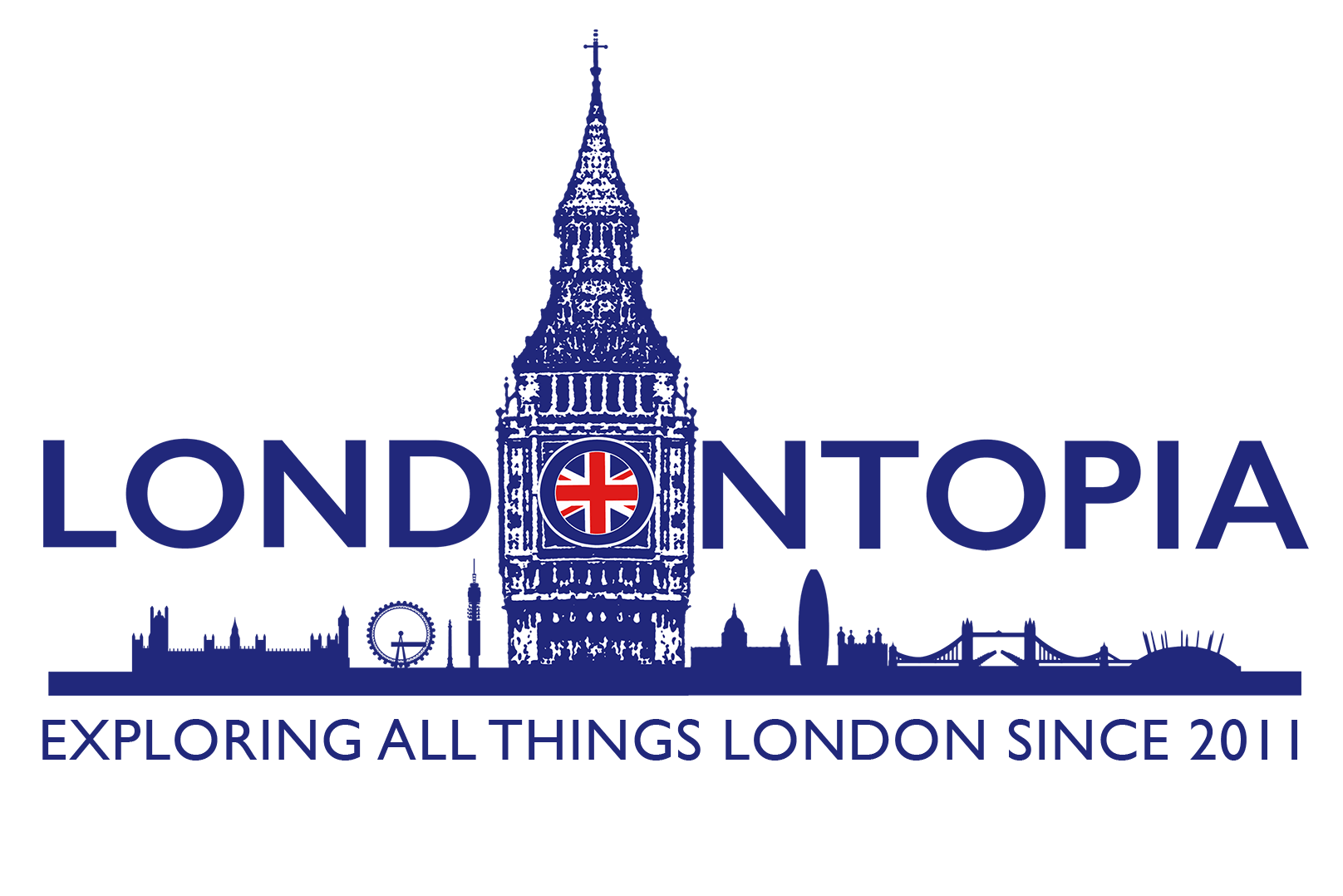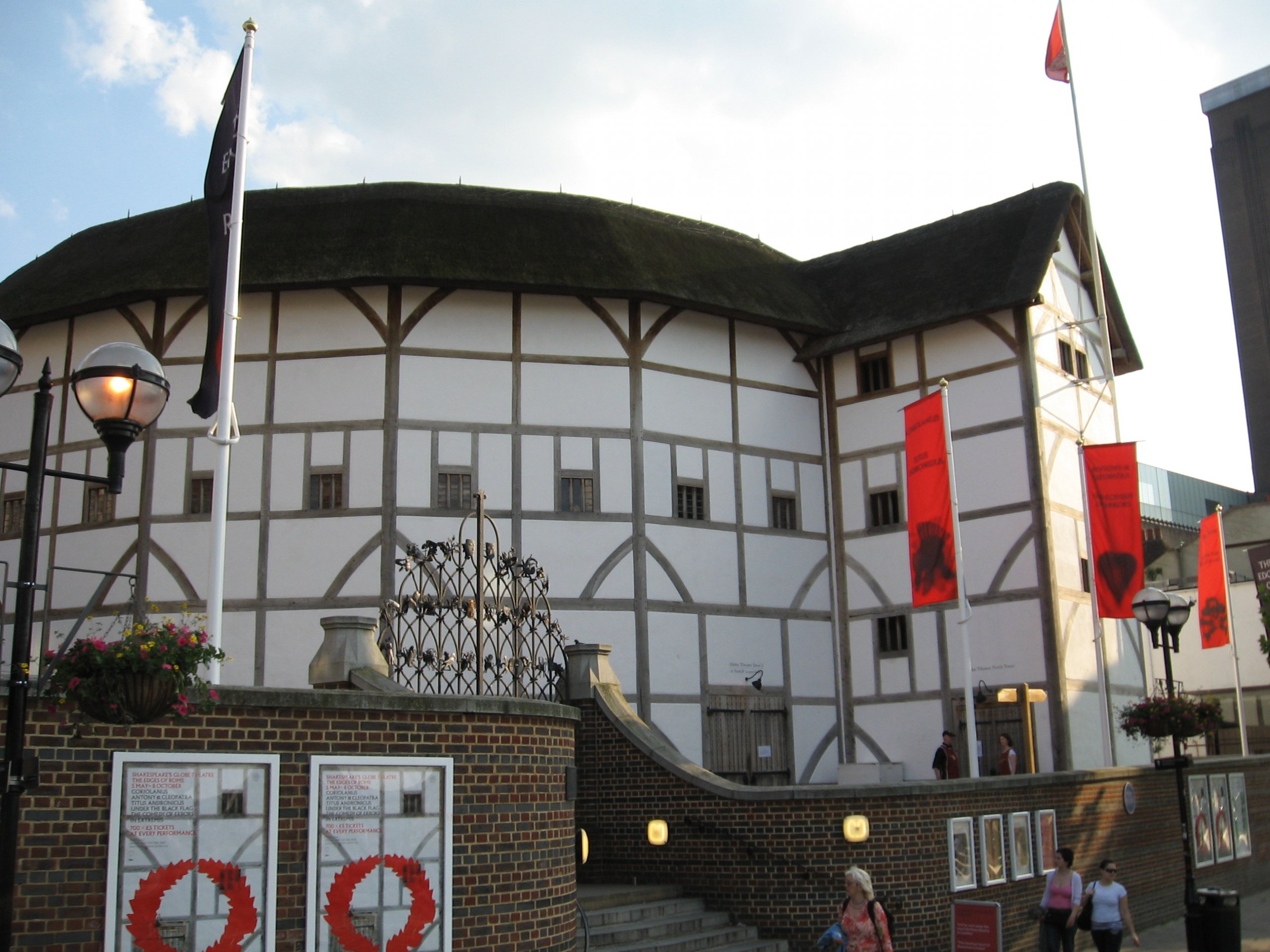While the theatre in London today is known mostly for the West End and Shakespeare’s Globe, the history of the city’s theatre scene stretches back centuries. The Romans invaded Britain in 43 A.D. and brought the great tradition of Greco-Roman theatre with them. Thirty years after establishing Londonium, the Romans built a wooden amphitheatre on the site where the London Guildhall is today. With a renovation in the 2nd Century, the amphitheatre could seat over 7,000 spectators to watch animal fights, criminal executions, or a number of tragedies and comedies.
However, with the withdrawal of the Romans and the onset of medieval times, popular entertainment took a backseat to survival. With the increased influence of Christianity, around the 10th Century, drama began to reassert itself in British culture as a way to teach Biblical lessons to the public. By the 14th Century, these “mystery” plays were being performed by acting guilds who traveled the countryside in pageant wagons, which were stages pulled by horses, or in established performance spaces. In addition to the mystery plays, actors would often do “miracle” plays depicting the lives of saints. Of course, theatre wouldn’t always be about the church, eventually branching out to tell secular stories.
The reason for the change can be traced back to King Henry VIII and the British Reformation. As a part of Henry’s break from the Catholic Church, religious plays were discontinued. However, as the Crown still loved entertainment, Henry began to encourage drama not only as a means of entertainment, but to impress foreign visitors to the court. It was during this time that the acting companies began to develop and seek out patrons. Licenses were issued to companies who began to take root in London, where they would perform in enclosed inn yards and guildhalls with a bare stage and no scenery, often requiring playwrights to use a chorus to describe the scene to the audience.
Then, in 1576, James Burbage built the first theatre in the London area under the patronage of the Earl of Leicester. Appropriately dubbed “The Theatre”, it was built in Finsbury Fields, just outside of the City of London, as the corporation would not permit the establishment of theatres nor the performance of plays within its territory. Other theatres quickly popped up, many choosing the Southwark area to avoid dealing with the city officials. In addition to the Rose, the most famous of these was the Globe, home to William Shakespeare and the Lord Chamberlain’s (later the King’s) Men. When the weather got too cold for the outdoor theatres, the acting companies would move to indoor spaces.
The theatre continued to enjoy success in London until the English Civil War, which began in 1642. That same year, Parliament issued an ordinance closing all theatres as they considered it unseemly to indulge in such entertainment during troubled times. Not five years later, more ordinances came about that effectively outlawed any performances and authorised the justices of the peace to destroy any theatres. Acting went underground as public performances were outlawed, though some of the wealthy would still hire companies to perform privately in their homes. This continued under the Protectorate and the government of Oliver Cromwell, though the Puritans allowed some small musical performances, known as “masques”.
With the return of King Charles II and the beginning of the Restoration period, Charles’s fondness for theatre brought the performances back. He granted a royal charter to William Davenant and Thomas Killigrew, who established the Duke’s Theatre in Lincoln’s Inn Fields and had a virtual monopoly on performances in London. As the Restoration continued, theatres and sets became more elaborate. In addition to female actors being more prominent, female playwrights began to establish themselves as well.
By the 18th Century, the decorum of the theatres themselves began to change. Theatre owners stopped permitting patrons to sit on the stage and began to take on “subscribers” who would reserve box seats for the season. It was also during this time that William Shakespeare began to take on a national importance, eventually becoming the symbol of British theatre that we know today. On a down note, censorship was heightened as it was determined that the Lord Chamberlain had to read each script and approve of every play before it was performed under the Licensing Act of 1737.
The Licensing Act and the Patenting Act would be in effect for another hundred years, limiting the types of plays that could be performed until the latter was dropped in 1843. The former would see that the Lord Chamberlain continued to have authority to approve plays until 1968. With the cessation of Patent theatres, drama in the Victorian era became much more popular and there was an explosion of new theatres in the city. These included the Criterion, the Garrick, the Hackney Empire, the London Coliseum, and the Palace Theatre. Queen Victoria and Prince Albert were enormous supporters of the arts, and following his death in 1861, the Royal Albert Hall was dedicated to his memory. The 19th Century also saw a new creature emerge in that of the actor-manager, who not only ran the theatre, but would also cast himself in prominent roles.
By the beginning of the 20th Century, most of the actor-managers had died out and the West End firmly established itself as the theatre district of London. While world wars put a hold on theatre, the post-war period saw a rise in subsidised plays and more avant-garde productions. Many long running plays in the West End have firmly entrenched themselves in our culture, including Les Miserables, The Phantom of the Opera, Chicago, Rent, Mamma Mia!, and more. Today, theatres here and throughout the city continue to ensure that drama, history, comedy, and tragedy will never leave the city of London.
A Little Bit of London In Your Inbox Weekly. Sign-up for our free weekly London newsletter. Sent every Friday with the latest news from London!




